Making Their Mark: Jiayi Li
By Anna Tutty
September 17, 2020
Long before lockdown, WATG and Wimberly Interiors’ global network of designers, makers and creators have looked beyond their every day to inspire ideas and innovations. In this new series, Making Their Mark, we shine a spotlight on our team members and creative associates, and the passion projects they pursue outside of 9–5 – not only for their personal mental health, well-being and growth, but for the benefit of their clients, projects and colleagues. Fostering a spirit of creativity, innovation, individualism and imagination among our ‘ohana’ (family) has been central to our firm since its founding seventy-five years ago, and we are proud to support one another not only at work, but externally as well.
Patient, innovative, resourceful and detail obsessed, WATG Singapore’s Jiayi Li is an accomplished architect by day, and a different kind of creator by night. Forever looking for new outlets for entertainment and inspiration, and always considering form and output, Jiayi’s side project began with the gifting of a gridline notebook and her passion for patterns has now been lifted off paper and into fabrics, pillows and facemasks, and subliminal messaging about sustainability and Singapore’s transport system.

Jiayi, tell us a little bit about your career and what a ‘normal’ day looks like for you.
I have been working as an architectural designer for more than a decade, most of which with WATG. I am very lucky to have worked with some great mentors, seniors and colleagues along the way and have played a role in the creation of four built projects throughout Asia, including the Sofitel Nusa Dua Bali and Jinshuo Hotel + Resort in Mianyang, China. I am into contemporary art, craft and design, and have tried other forms and scales of the discipline, such as set and exhibition, jewellery, and advertising and editorial.
For me, a normal day generally looks like:
- Eat (breakfast)
- Travel (commute)
- Work (in the office or at home)
- Travel (commute)
- Sweat (evening workout – yoga, jog or swim)
- Eat (dinner)
- Rest
- Repeat!
Lockdown days are much the same, only with a significant reduction in time spent commuting and distance travelled!
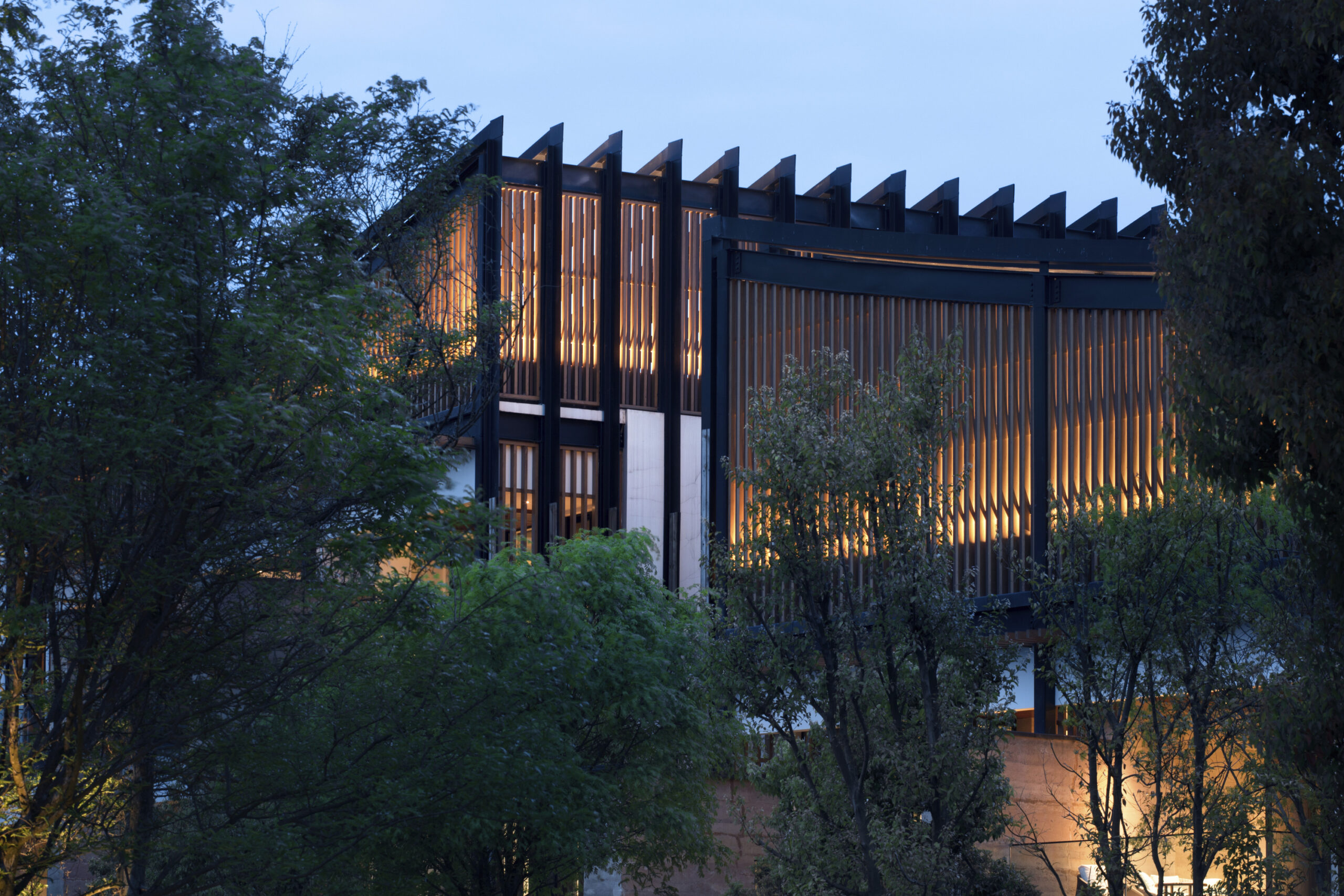
In isolation we’ve been forced to find new outlets for entertainment and inspiration. Talk us through your side project(s). What is it and how did it begin?
I am always looking out for new outlets for entertainment and inspiration. Being in isolation has meant we have to look much closer and think of new ways to fulfil ourselves creatively. My side projects, by nature, are usually done alone where there is space for a lot of repeating and, to a certain extent, much patience. At the moment, I am working on two things:
Patterning Geometries (@softlanding on Instagram)
My patterning drawings started around eight years ago, when my best friend gave me a book of gridlines (the Hard Work Book)*. Using pens of different weight brings out the beauty of line work – something I learned in architecture school. Geometry is form and repeating is a form of logic – another takeaway from my schooling. To me, drawing something over and over again is a very therapeutic process. The start of a pattern can be just be totally out of boredom – random shapes or a certain theme inspired by current news, events or locations (e.g., Prince’s passing, the mid-autumn festival, travelling in Dublin and so forth) – and some are attempts to create an overall picture. If you look closely, not everything is perfect and there are mistakes in some of the patterns – although these usually go unnoticed. After a while, I decided to use Instagram to document it these drawings as a way of finding different mediums to apply them – fabrics, pillows and, more recently, facemasks.
*The Hard Work Book is now full and I have since used another gridded style from Muji.
Parking Coupon Art
Like popping bubble wrap, there’s a certain fun and addiction to popping the numbers of parking coupons! When my fidgety fingers get hold of them, I just want to finish them all. In Singapore, these coupons were once widely used for parking in public areas and came in a variety of colours that reflected their value (of course, this function has now been replaced by an app). Since they are usually discarded right after use, most of the numbers would still be intact. I started collecting them with the help of people who own cars, and I keep them in jars. I am currently trying to organize them according to their number and colour.
What am I going to do with them, you ask? Just like the drawings above, there is always a constant question and search for application ticking over in my brain. I first toyed with the idea of using them to create a vehicle as it reflects the very reason these parking coupons exist, which then turned into a message/reminder about sustainable transportation – using the ‘rubbish’ produced by private vehicle owners as a reminder about sustainability. I have since created pieces for colleagues that leave Singapore as a fond memory of their time here – all of whom could identify themselves and their time here with their favourite modes of transportation.
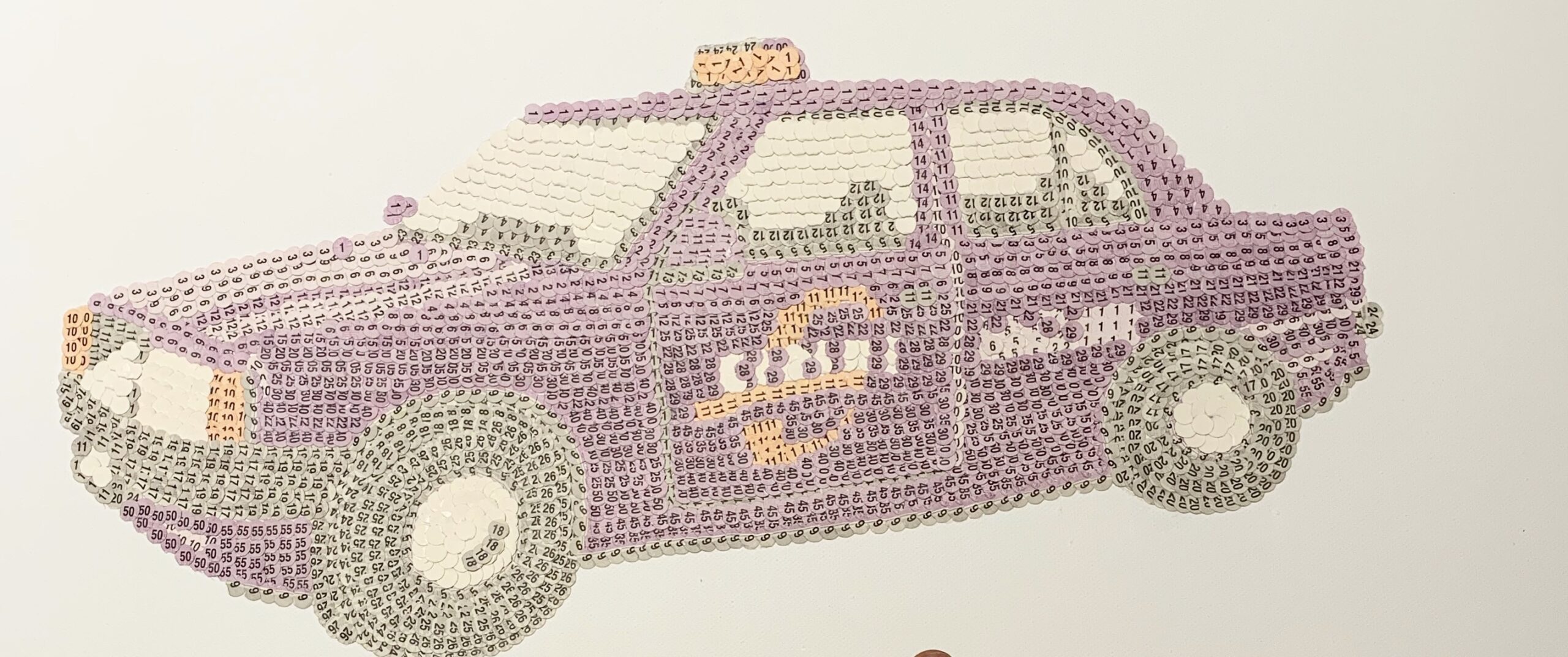
Have you found this new creative process to be cathartic or challenging? Has anything about it surprised you?
Both. It takes patience and concentration, and I found myself using this as though it’s a form of training. Of course, you have to find the end result satisfying or there will be no motivation and, as with all processes, design or otherwise, you find ways to improve or better the outcome. I recall that the first parking coupon taxi was random, with numbers all different in direction and order but this taught me look for the patterns in their design (bigger numbers have a darker shade). It has made me more observant and sensitive.
Similarly, patterning with lines surprised me with its unlimited possibilities. I’m constantly reminded that the more lines I add might not mean I end up with a better result – just like the design process where we step back and forward all the time. Even the idea of it being geometrical is not always true as I have also started doodling on random dining placemats and sketch paper with surprising, unplanned results.

How has being creative outside of work positively impacted your outcomes at work?
Well, firstly, it takes your mind off work – which, as much as we love our work, is very healthy mentally. We need all the different aspects in life to inspire each other. Creativity outside of work allows you to draw interesting new connections or find cool relationships. It could also form the backbone to that new or unexpected concept or story. These different aspects are a natural extension of yourself and will influence not only your work but, also, the way you work. It fosters a change in behaviour and attitude, with a better appreciation of time, effort spent, and work done – learning to be more forgiving and generous to yourself and one another.
Tell us a little bit about a maker or creator who has inspired you, and why.
Christoph Niemann, illustrator. His Abstract Sunday series on Instagram never fails to amaze me or bring a smile to my face. I love the creativity and the humour.
You can follow Jiayi’s creations on Instagram, here.

Latest Insights
Perspectives, trends, news.
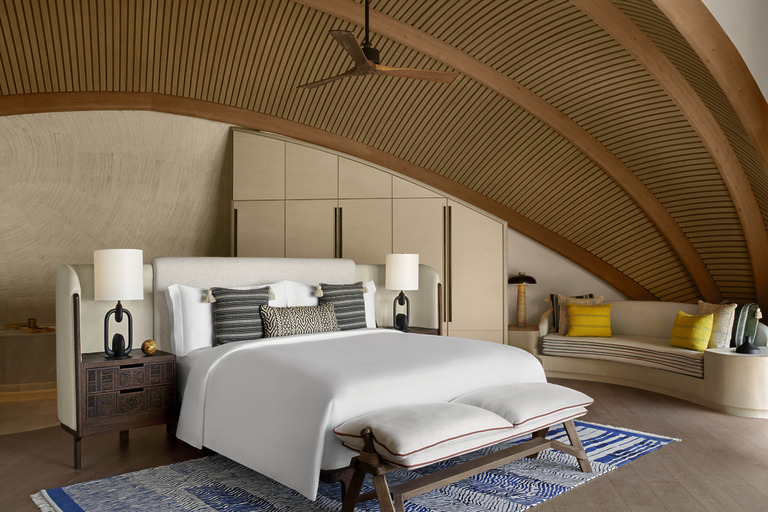
- News |
- Trends
Interior Design Trends 2025: Emotional, Experiential, and Environmentally Conscious Spaces
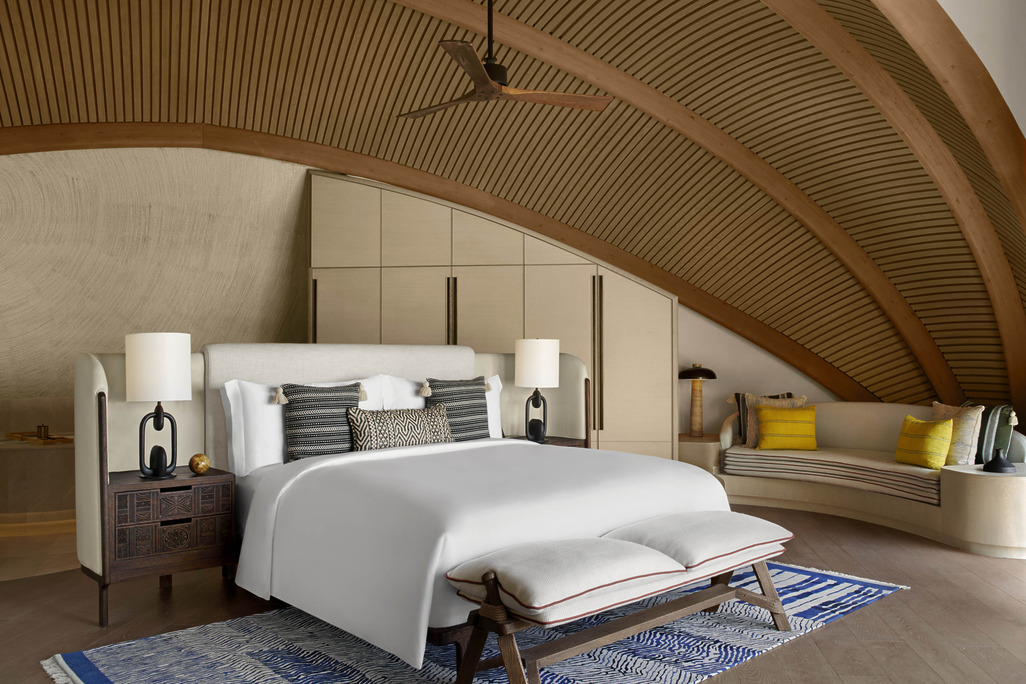
- News |
- Trends
Interior Design Trends 2025: Emotional, Experiential, and Environmentally Conscious Spaces

- Strategy & Research |
- Trends
2025 Outlook: WATG Advisory predicts the top hospitality trends.

- Strategy & Research |
- Trends
2025 Outlook: WATG Advisory predicts the top hospitality trends.
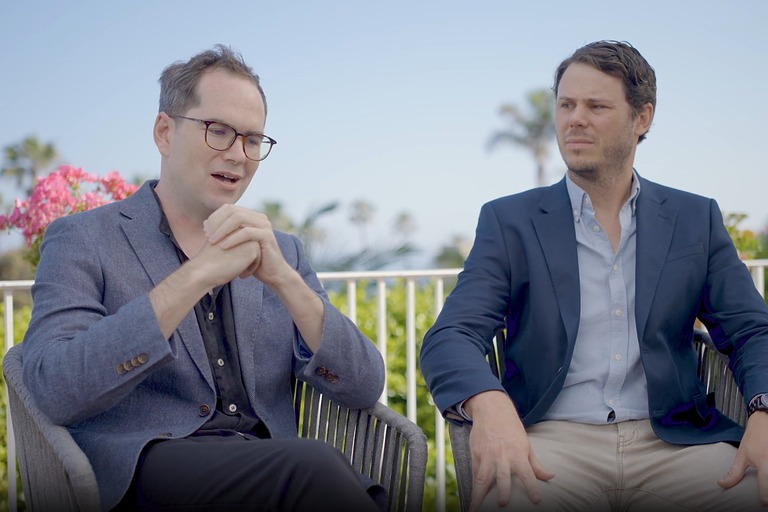
- Employee Feature
Unlocking Value & Vision: Guy Cooke & Rob Sykes Discuss WATG Advisory’s Bespoke Approach
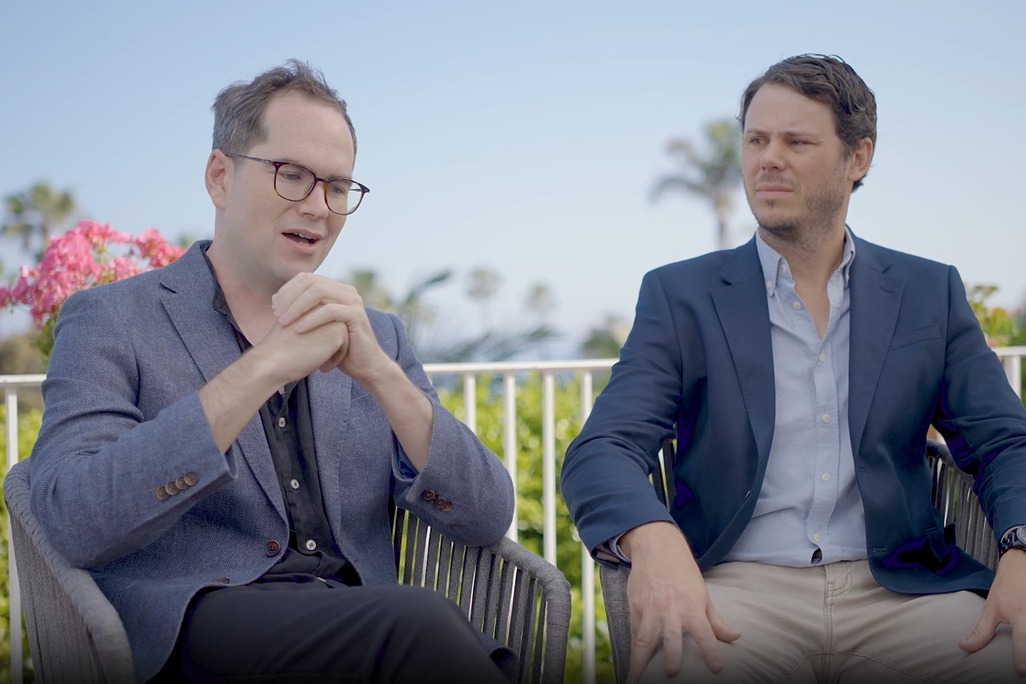
- Employee Feature
Unlocking Value & Vision: Guy Cooke & Rob Sykes Discuss WATG Advisory’s Bespoke Approach
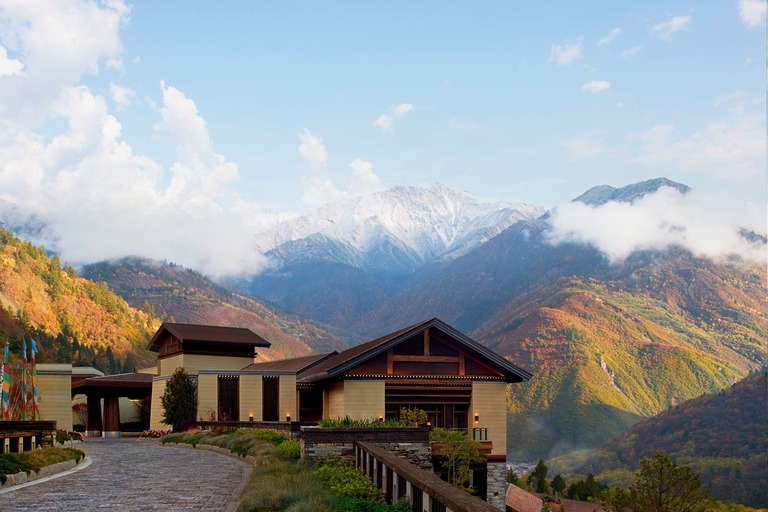
- Case Study |
- Design Thinking & Innovation
In Conversation: Marcel Damen, General Manager of Rissai Valley, a Ritz-Carlton Reserve

- Case Study |
- Design Thinking & Innovation
